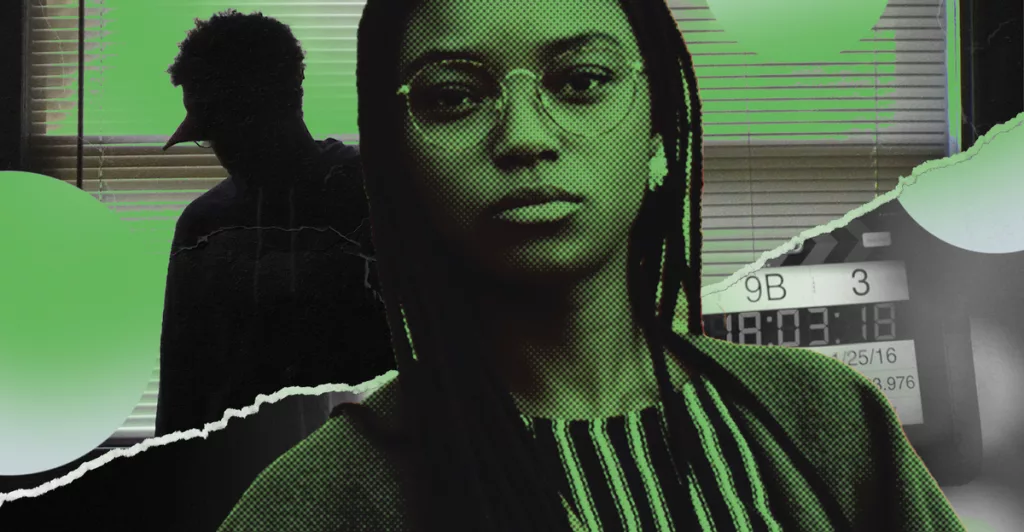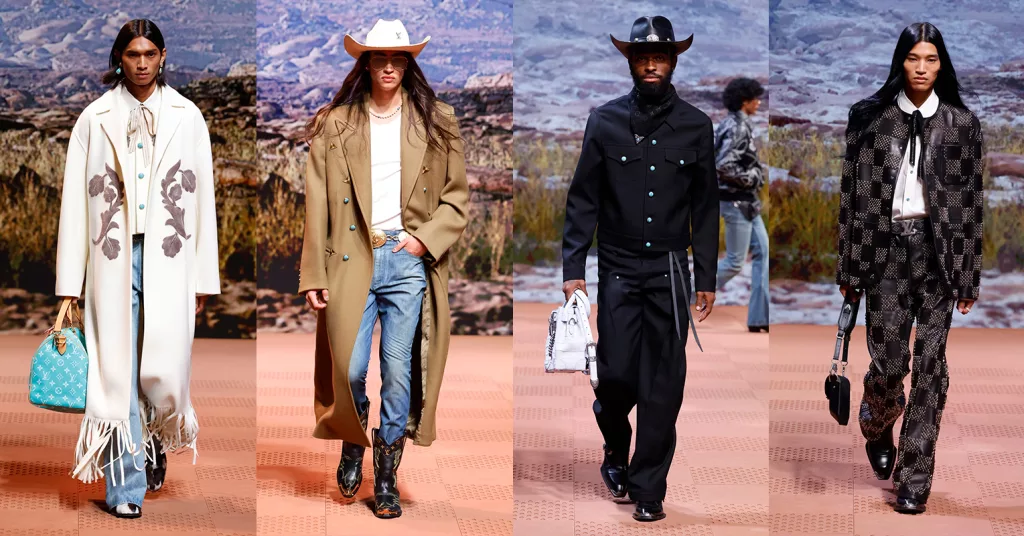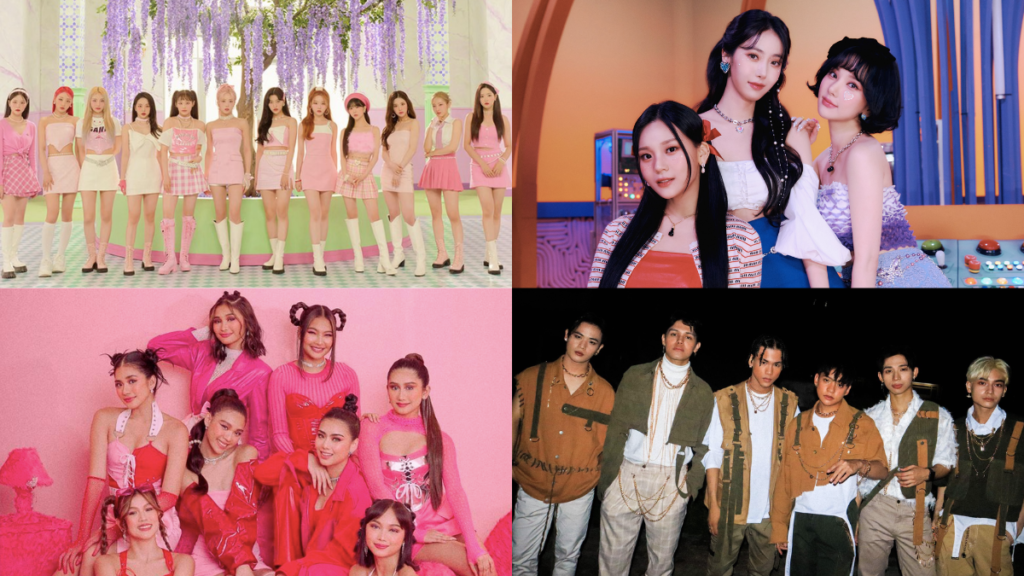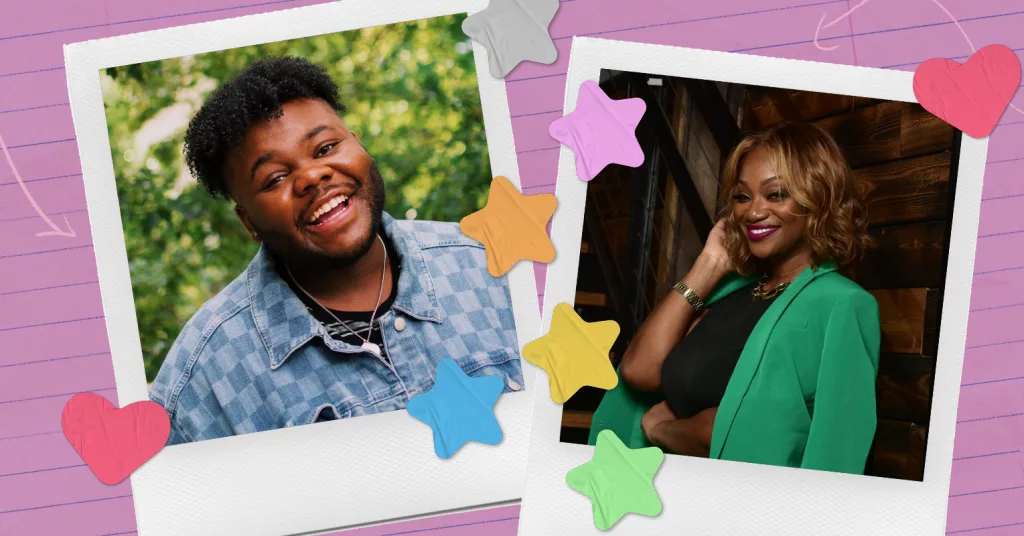Curiosity dominates the modern world. New interests are explored, new aesthetics are named, and new ways of thinking are constantly analyzed on social media. This curiosity is reflected in today’s new films and television shows. With the constant evolution of technology, different cultures are able to imagine and depict themselves in a multitude of universes and scenarios that were rarely considered before. Revered directors such as Jordan Peele, Ava DuVernay, David Cronenberg and more have garnered widespread praises for their abilities to inject normal people in extraordinary situations
In light of recent cultural conflicts and racial tensions, cultures of all ages have made the effort to both highlight and inform new generations of past struggles and change future narratives by exploring new forms of storytelling. Specifically, the complex subject of the existential crisis and its presence on screen has taken on many forms in recent years.
An existential crisis can be described as “any psychological or moral crisis that causes an individual to ask fundamental questions about human existence”.
In other words, losing a sense of self can make life much more difficult for someone to navigate. This issue is not only exclusive to real life but to film and television as well. What was once a mere side plot in a character’s story can now serve as a protagonist’s main inner conflict. However, exploration of this subject unfortunately falls short in films with Black characters.
The fears and dangers of Black people are often in the form of direct violence, racism, or inequality. But what happens when the danger is more theoretical than physical? How do we process our own self-awareness when the media doesn’t allow us to be aware of ourselves?
Existential Crisis in Films through Black Characters
“Triple Consciousness: The Reimagination of Black Female Identities in Contemporary American Culture”, a subsection of a scholarly journal by Bernadette Vötter, PhD notes that “Individuals who are suffering from a crisis of meaning often judge their lives as frustratingly empty and pointless… Moreover, this existential state is linked with heightened anxiety, negative affect, and pessimism, on the one hand, and decreased resilience, motivation, life satisfaction, hope, self-regulation, and self-efficacy, on the other hand.” With this in mind, it’s not surprising that many look to the media to properly convey their existential dread or confusion. Films by directors, such as Stanley Kubrick, Wong Kar Wai and Gregg Araki, explore themes of existentialism and greatly mirror the confusion and misalignment that many feel in regards to their present lives.
On the allure of Gregg Araki films, media analyst Yhara Zayd expresses, “…this wasteland devoid of morality or empathy dwells characters like Dark, who long for more; who long for that so out-of-reach something that escapes them. They want someone to hold them, or for something to have meaning… The bigger picture depicts a world of disillusionment, with characters who might be on the verge of nihilism or something like it, but who are still, whether they’re aware of it or not, secretly hopeful and optimistic.” This genre of existential films generates countless analyses and trend cycles all across social media, highlighting its need and popularity in modern conversations.
White protagonists are able to question and test the limitations of their own experiences in films like American Psycho, Primer, Waking Life and Synecdoche, New York. But the experiences of a human existing as a white person is most likely going to be different from that of a Black person—or any person of color for that matter.
Oftentimes, we turn to animation as a vehicle to explore this subject. Popular animation films such as Paprika, Only Yesterday, Soul, and the Spiderverse series are some of our only pieces of media that have an in-depth focus on the common phenomenon of feeling detached from or confused about reality. This quantity of films decreases in size when referring to films containing Black leads, with primarily Black men like Miles Morales or Joe Gardner as the main voices to speak on the phenomenon.
The first Spiderverse film in particular touches on existential crises through the expansion of the Black protagonist’s community. Miles Morales faces his own existential crisis in the first part of the film, where he grapples with the reality of having multiple other versions of Spiderman (other than himself) across multiple universes. He faces denial after the “original” Peter Parker’s death and struggles to accept himself as the universe’s new “replacement”. His understanding of reality is further challenged in Across the Spiderverse when he visually experiences the magnitude of his shared reality with other Spider-people and the effects of his actions on the universe.
In contrast, the presence of Black people in these films are also used to justify the reality of the white main cast. Films such as I Heart Huckabees, The Truman Show, and Floundering host black people as simple proponents in the alternate universe of the white protagonist, if not basic background characters. In I Heart Huckabees, Albert Markovski, a White man, turns to two existential detectives for help in finding an explanation for a string of strange coincidences in his life. He coincidentally runs into the same Black doorman, played by Ger Duany, three separate times, plunging himself deep into his own existential crises. At the end of the film, however, viewers are left wondering what happens to his character as his presence decreases in necessity to the main character. The collective fates of these people are often left as ambiguous by the end of the film. This not only highlights the collective absence of Black people in existential films, but also brings attention to the typical scenarios that they’re subjected to. Films within The Matrix franchise depict some of the few times where Black characters take an active role in examining their reality and making unique efforts to change it.
Past films limited Black characters’ conflicts to racism, sexism, microaggressions, and societal standards. Similar to Rachel True’s character in the film, The Craft, Black women are constantly reminded of their existence (or, in some cases, lack thereof) in school, the workplace, or relationships. This can severely limit the internal exploration of their characters. External threats such as violence and external danger have also appeared in films like Pariah, preventing Black female characters from having a chance to internally process themselves outside of their social identities. Limiting Black female characters’ conflicts to drastic and traumatic forms of violence can deny them the opportunity to see themselves encounter new types of scenarios, which is a luxury available to their white counterparts.
These instances are often a recurring trend for popular directors. What may have started out as a positive effort at diversity may eventually appear as an occurance of typecasting. In a video exploring the archetypes of Black people within the world of Stephen King, Princess Weekes notes, “…like many things in the Americas, slavery and tropes depicting and concerning Black women will always be a thing. Often, the biggest problem with the depiction of ‘the magical negro’-type character is that they exist in a mostly white world, which tokenizes them, and then limits the reading experience to them becoming the sole piece of important Black representation…”
Existential Crisis on TV through Black Characters
In recent years, shows like Serial Experiments Lain and Neon Genesis Evangelion have gained popularity for their stance of the relationship between existence, humanity and technology. American shows have also given Black characters moments to shine through characters, such as Troy Barnes from Community or Penny Proud from The Proud Family, utilizing comedy as a mechanism to express existential ideas.
In order to tackle existential themes, television shows have often employed dream sequences, body swaps and sentimental moments of human connection. The Twilight Zone is a great example of that, with the show receiving constant praise for its often existential subject matter. Unfortunately, concrete moments of characters assessing their existence (and their perception of it) can be difficult to come by, especially where Black people are involved. However, proponents of Black existentialism can shine through in unexpected moments.
In an episode of MTV’s Daria, Jodie Landon and her boyfriend Mack participate in a mandatory parade to improve their college applications. Jodie condemns the town and themselves for playing into the false sense of reality that the people around them are trying to enforce, with both Jodie and Mack agreeing that they felt humiliated. When Mack realizes that they don’t actually have to be there, they are about to leave until Jodie has a non-verbal encounter with a little Black girl.
While the show’s titular character and her friend were usually at the forefront of introverted and socially-detached representation, her Black classmate Jodie was given a rare moment to contemplate her external image. In a brief moment, Jodie processes her own existence through the eyes of another young Black girl before her. Her present attire (a princess costume) and role in the parade feel meaningless to her at first. However, when she makes eye-contact with a young Black girl that clearly is amazed by her, she changes her mind about abandoning her spot in the parade. Suddenly, her attendance and embarrassment for the parade didn’t matter anymore, and she encourages Mack to continue in the forced optimism, adding that “we may be tokens but we’re damn good-looking ones.” Mack agrees. Here, the audience can see that, in this moment, Jodie’s external existence as a Black woman being a positive influence for someone else took precedence over her existence as a person who simply did not want to be there.
A similar instance of a Black character briefly exploring their existence occurs on an episode of The Boondocks. Huey Freeman deliberately engages in disrupting the peace of mind of his young neighbor Jazmine by giving her a blunt description of the “truth” about her life. As the FBI agent stalking Huey says, “You enjoy abusing people’s illusions… it’s thankless work.” Jazmine runs away in tears. This is a common reaction when people/characters are confronted with the negative truths of reality, which could be attributed to why so little of this subject is touched on in popular media (especially in terms of children). The false illusions that the people around him chose to live by cause him to question his own reality and sanity. Later in the episode, Huey laments that “Everything we see is a false reality” and that “It seems to be getting harder; distinguishing the reality from the illusions people make for us, or from the ones we make for ourselves.”
Returning briefly to the “Open Cultural Studies” publication, Nahum Welang writes, “While “extremely flawless” Black women surely do exist, their experience should not account for the entirety of Black women’s diverse experiences. With Insecure, Issa Rae extends the parameters of Black female identities by accessing a quirky alternate self that is independent of tropes and archetypes.” Black women, like black men, are often saddled with the responsibility of serving as a source of positive representation. The topic of black existentialism in the media is no different. It is rare to see a Black character unsure of themselves beyond their race or gender alone. Garnet, whose primary role involves utilizing her psychic abilities to prevent future disaster, faces a similar conflict on Steven Universe, where she spends a considerable amount of time on her development as such. We can also see that there are a multitude of Black characters in television that weren’t given the time or effort to search for their existential truth — or a better life. In these cases, introversion and shyness is the likely extent of an alternative internal conflict within a character. Such was the case for Pepe Lima in Michiko and Hatchin, who lost her life before she was able to build her desired life for herself and younger sister.
In reference to Black presence in these types of films, screenwriter and professor at the Borough of Manhattan Community College, Claudette Charles-Barr, expresses that “It has changed since the 1990’s when the fight was to get in; A lot of nonsensical narratives prevail until 2000’s when Shondra changed the game to quality content and owned ABC.” This highlights the historically scarce landscape of Black people and characters being allowed to experience alternative plotlines and motives across films and television shows.
The evolution of internal conflicts in film and television has opened up a larger conversation about who we see and how we can see ourselves as Black people and our counterparts in fiction. Similar to how positive and realistic representation is important for young people, in-depth depictions of existential crisis are just as important to Black people. Occupation, gender, Blackness — all of these factors have to be considered for a Black character before they can discover who they are as a human being alone. Whereas the majority of people in media — predominantly white — can evaluate their existence on Earth without being forced to consider their status in society. Black characters, as well as filmmakers, deserve the ability to create and exist beyond the limitations associated with their race.
Check out EnVi Formation for more takes on Black culture in entertainment!




